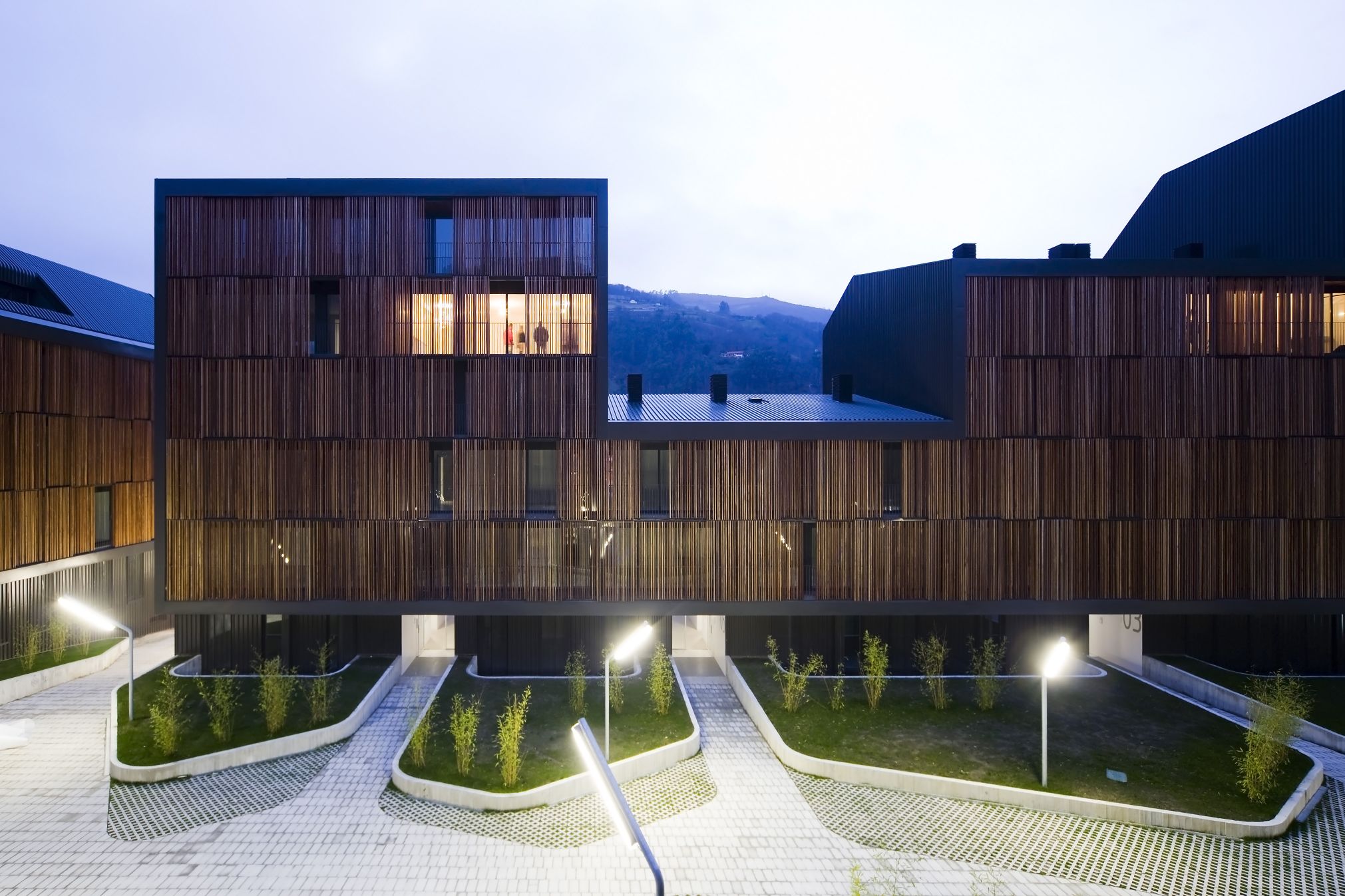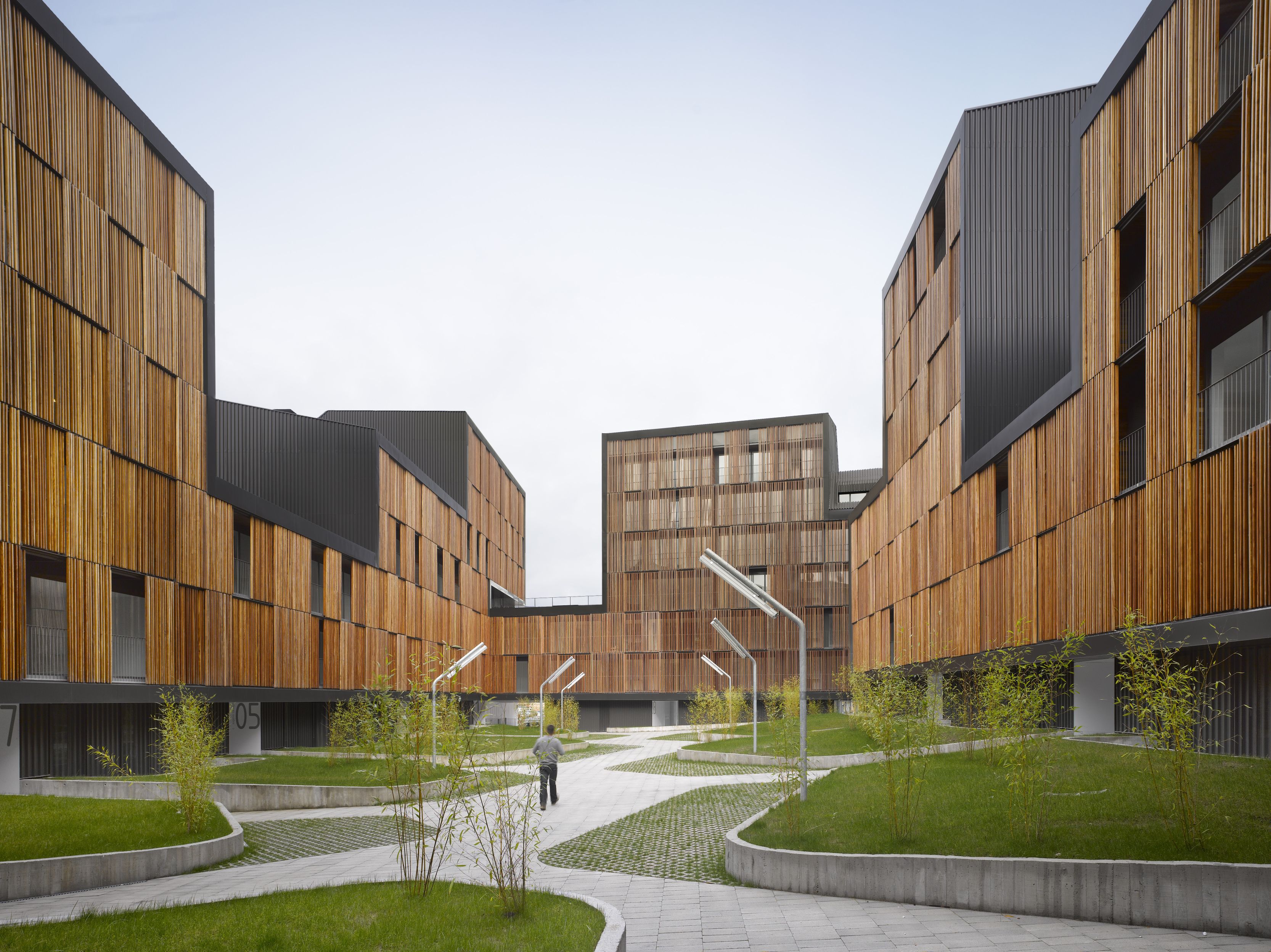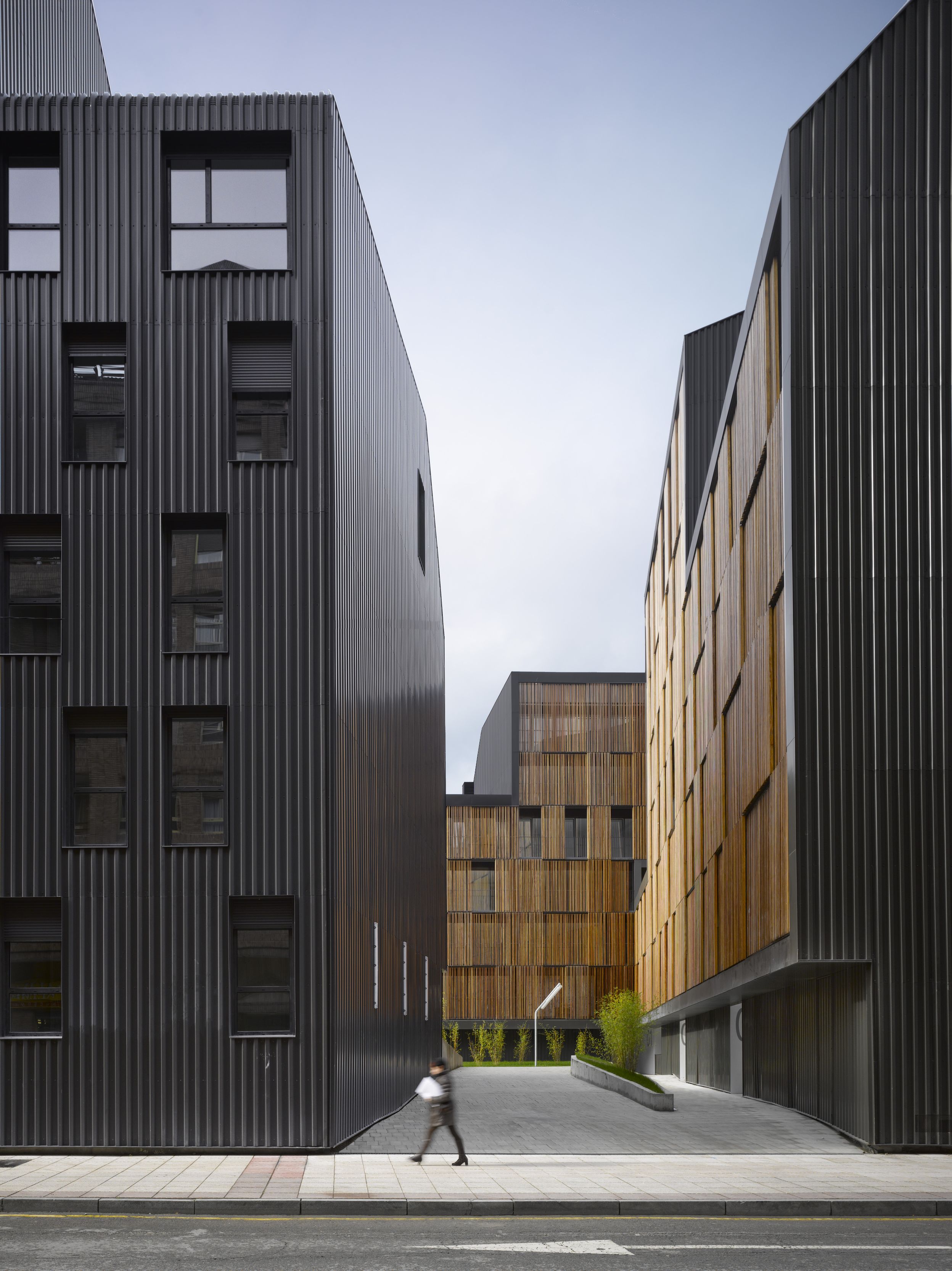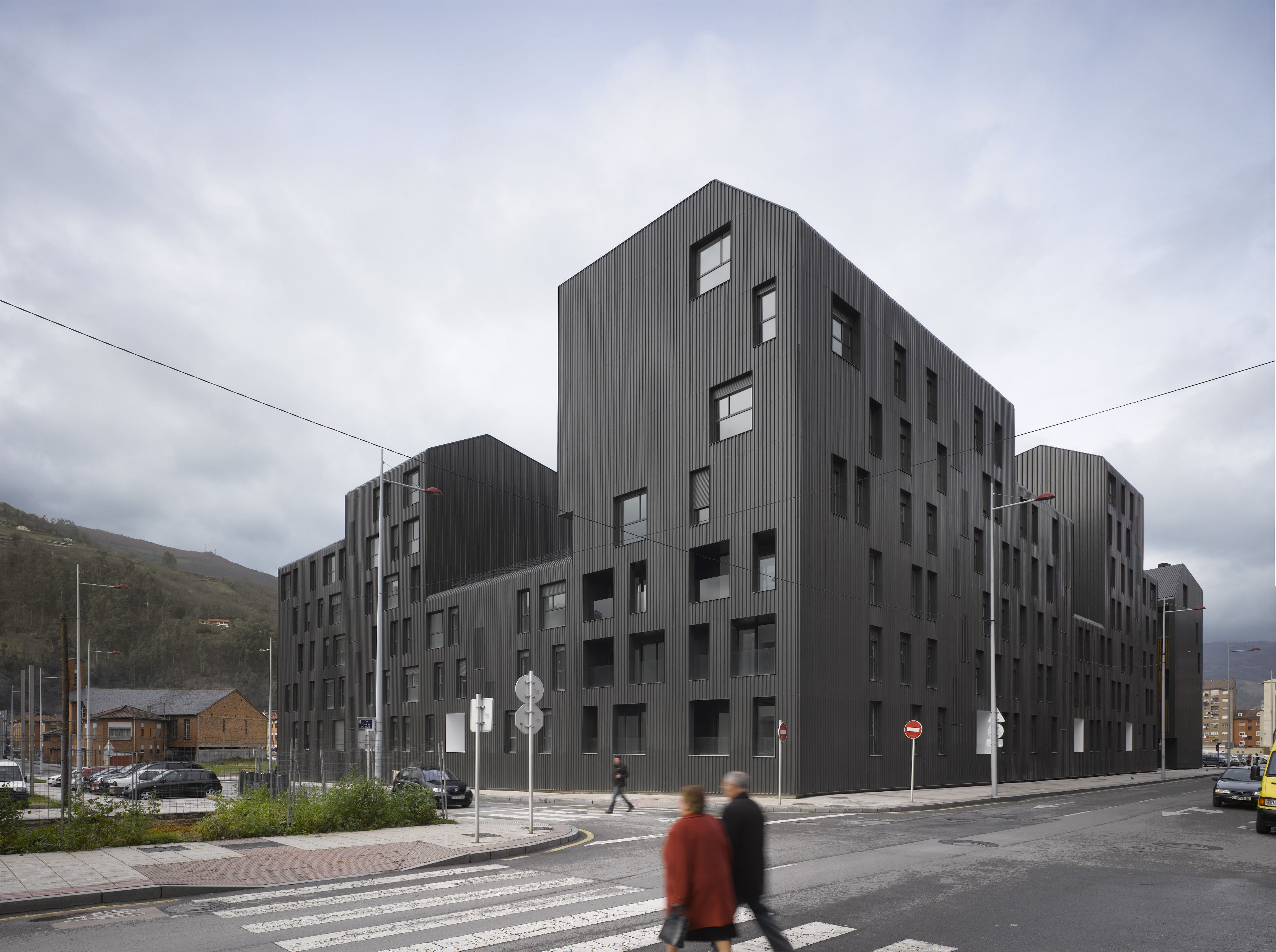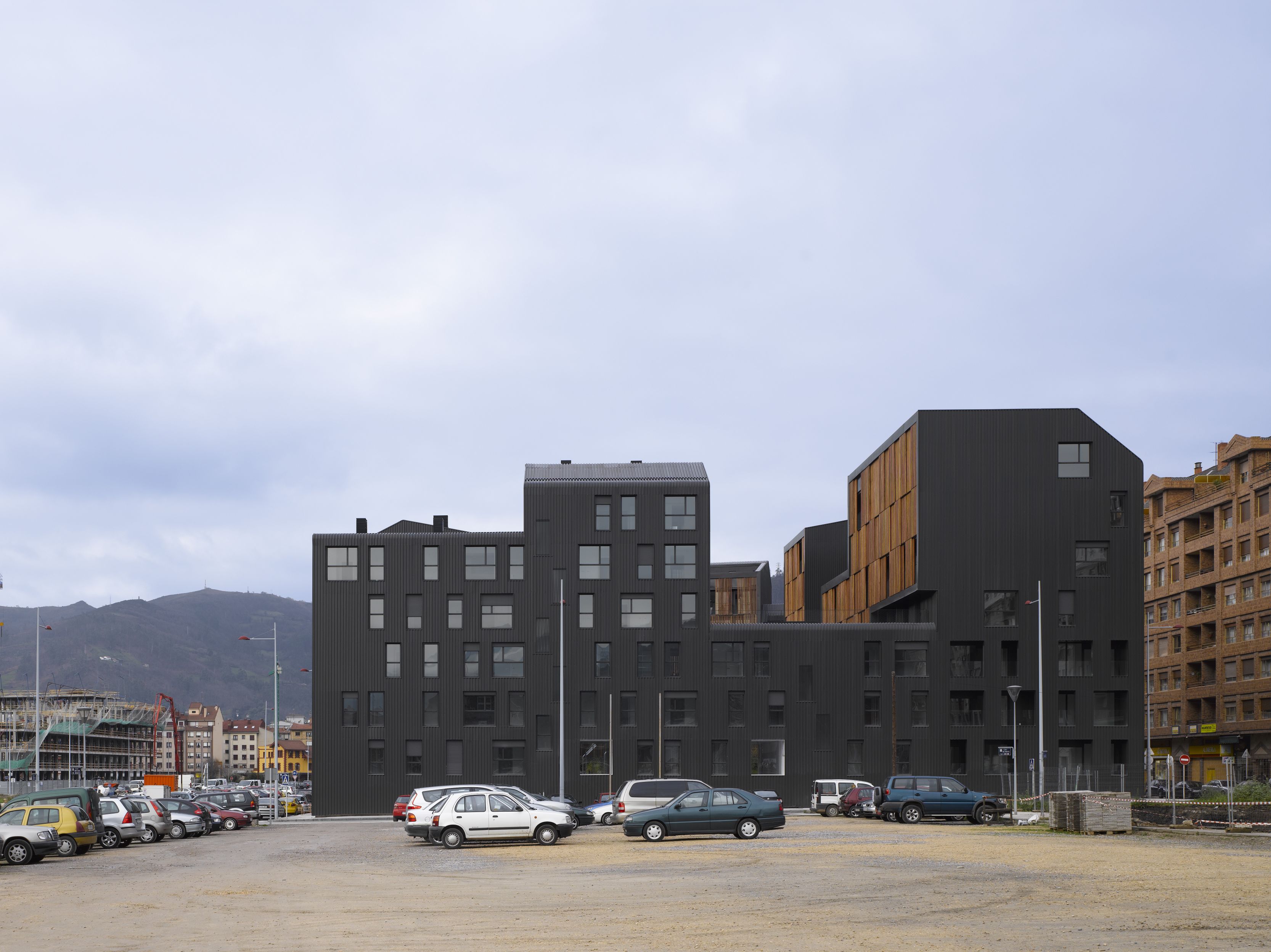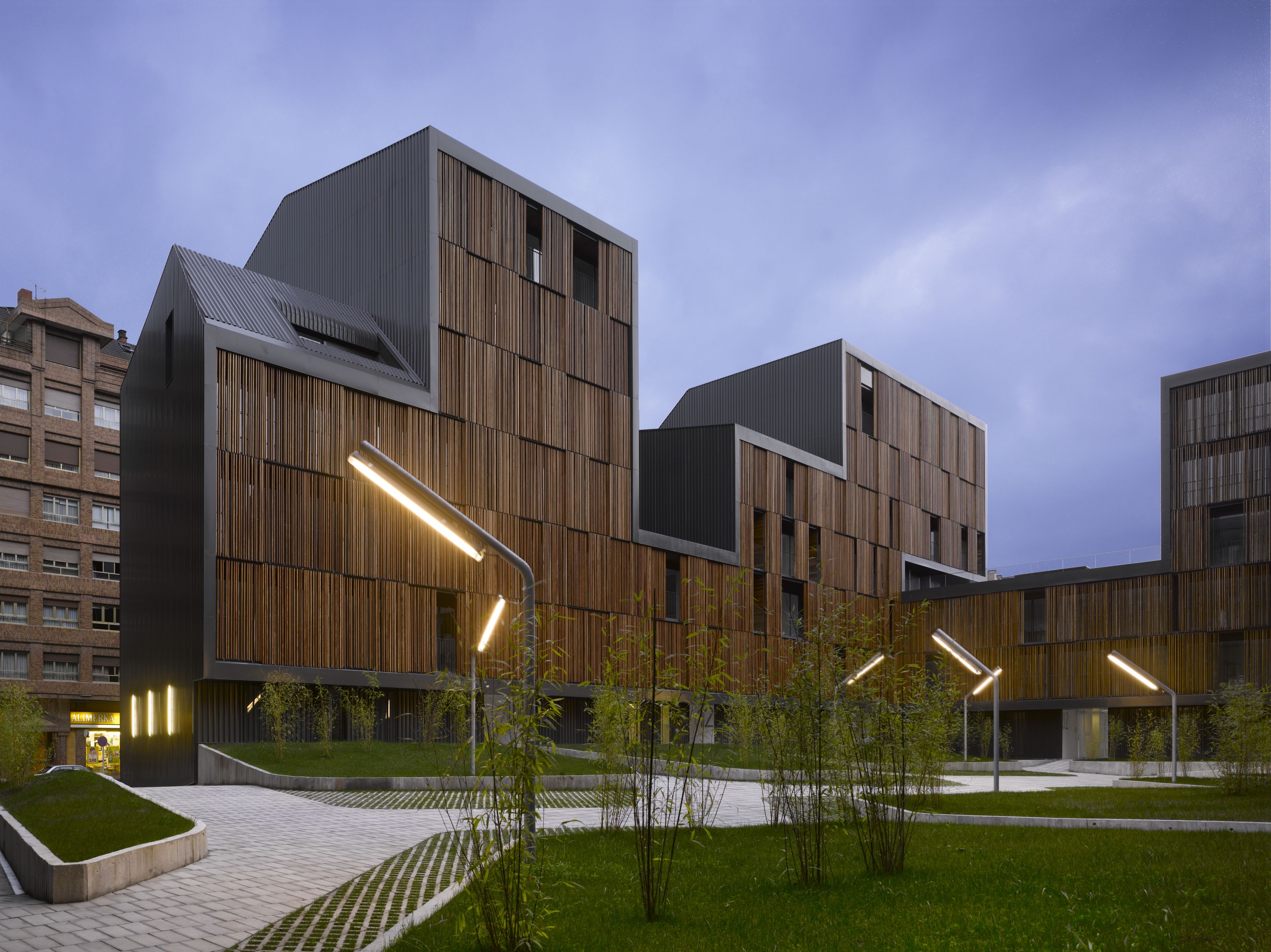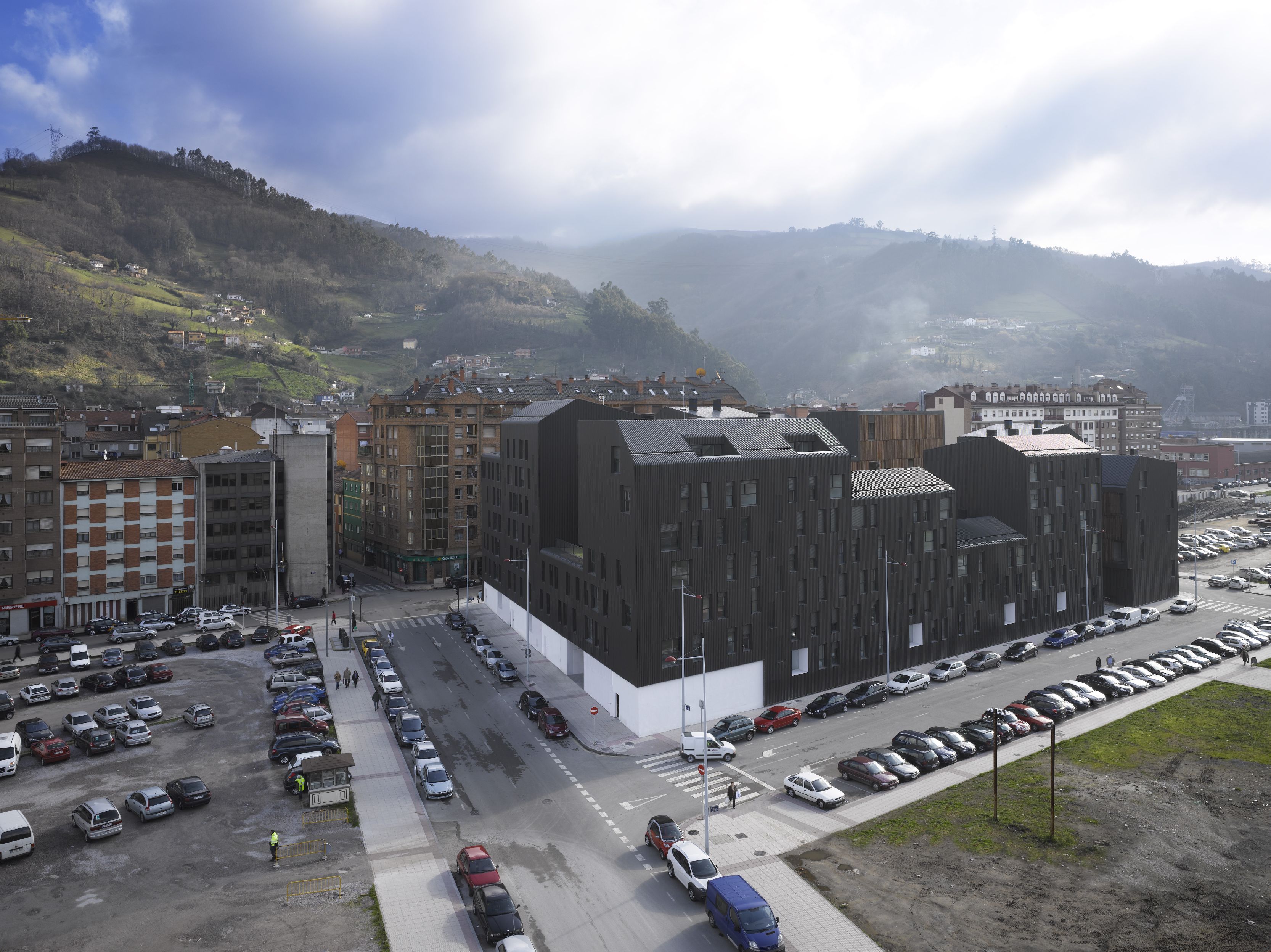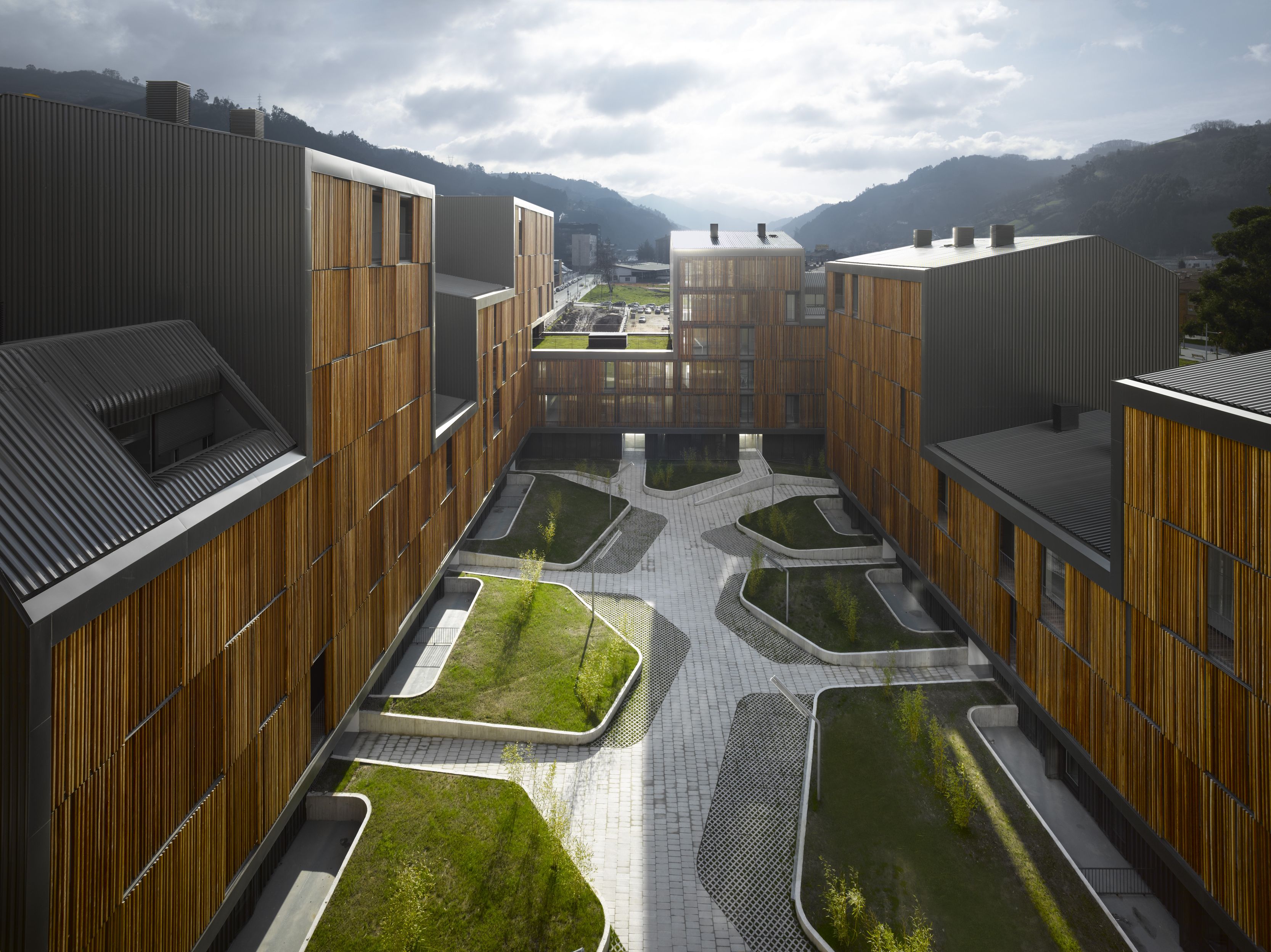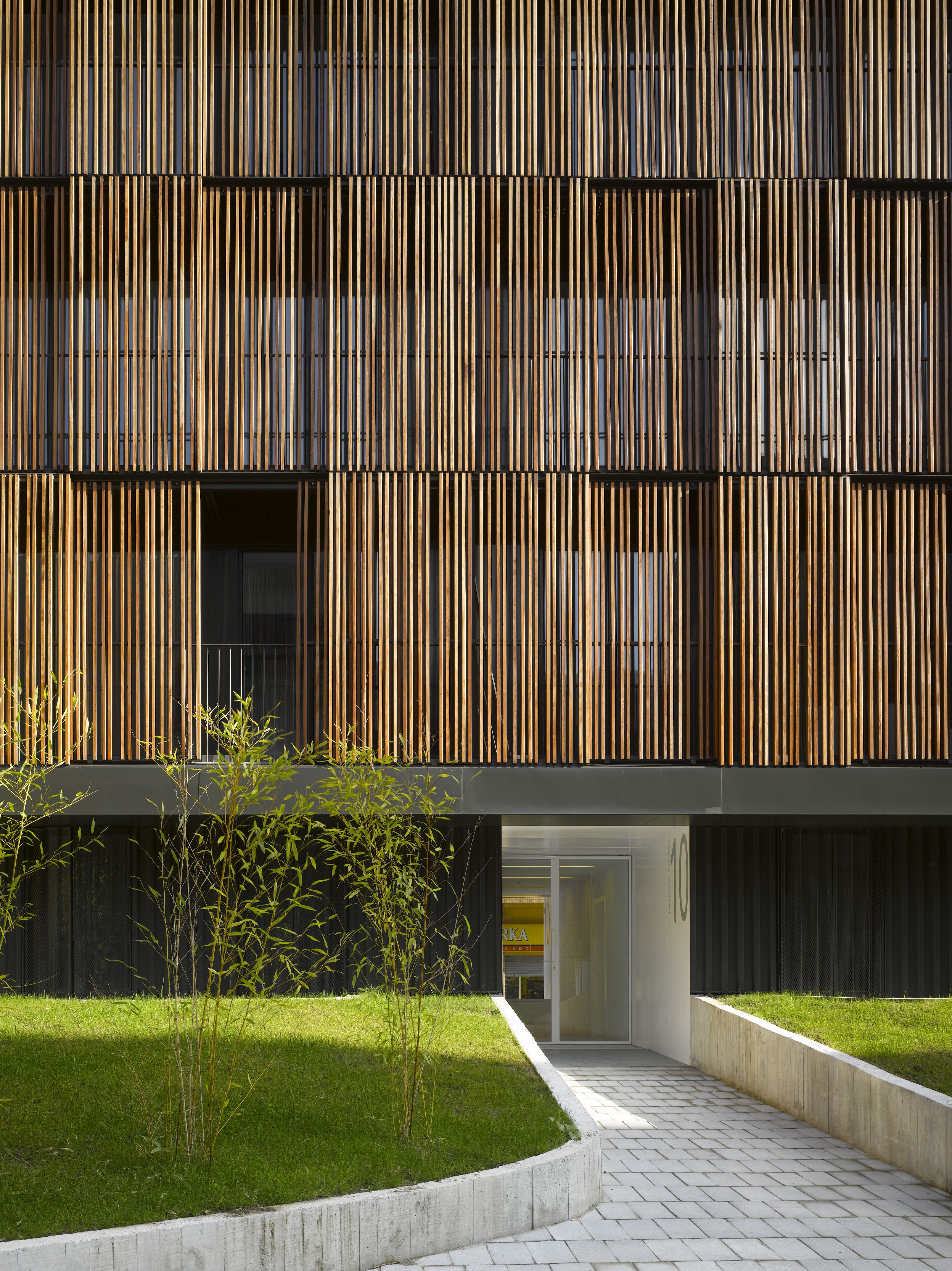NAME
Project title: VIVAZZ , Mieres Social Housing
Recommending party
The project has been submitted by:
zigzag arquitectura
LOCATION
Country: Spain
City: Mieres, Asturias
Address:
plot # 10, Actuacion Vasco-Mayacina . Valeriano Miranda St, Dolores ibarruri St,
AUTHOR
Designer or design team architects:
zigzag arquitectura (Bernardo Angelini Malatesta and David Casino Rubio (architects)

